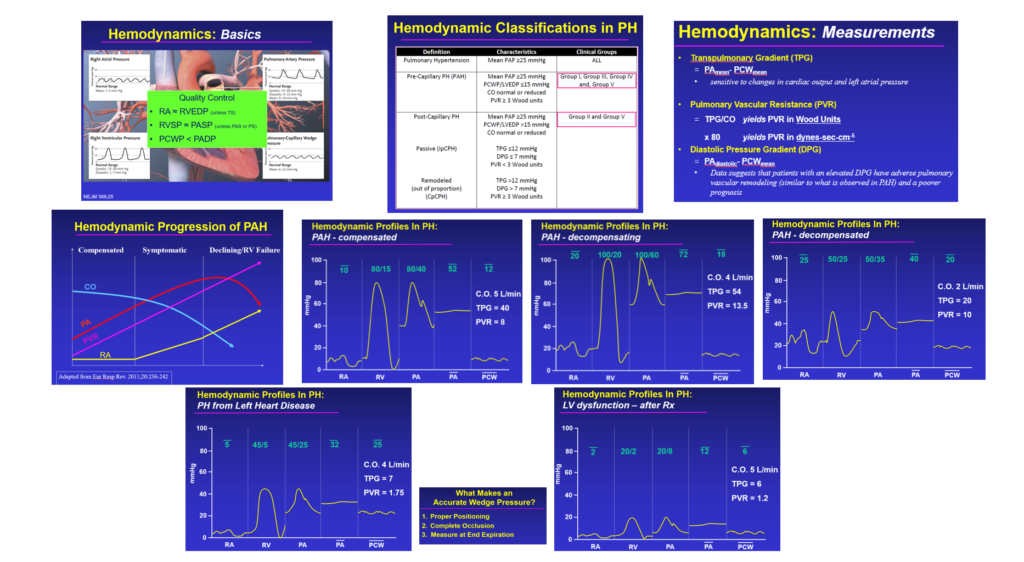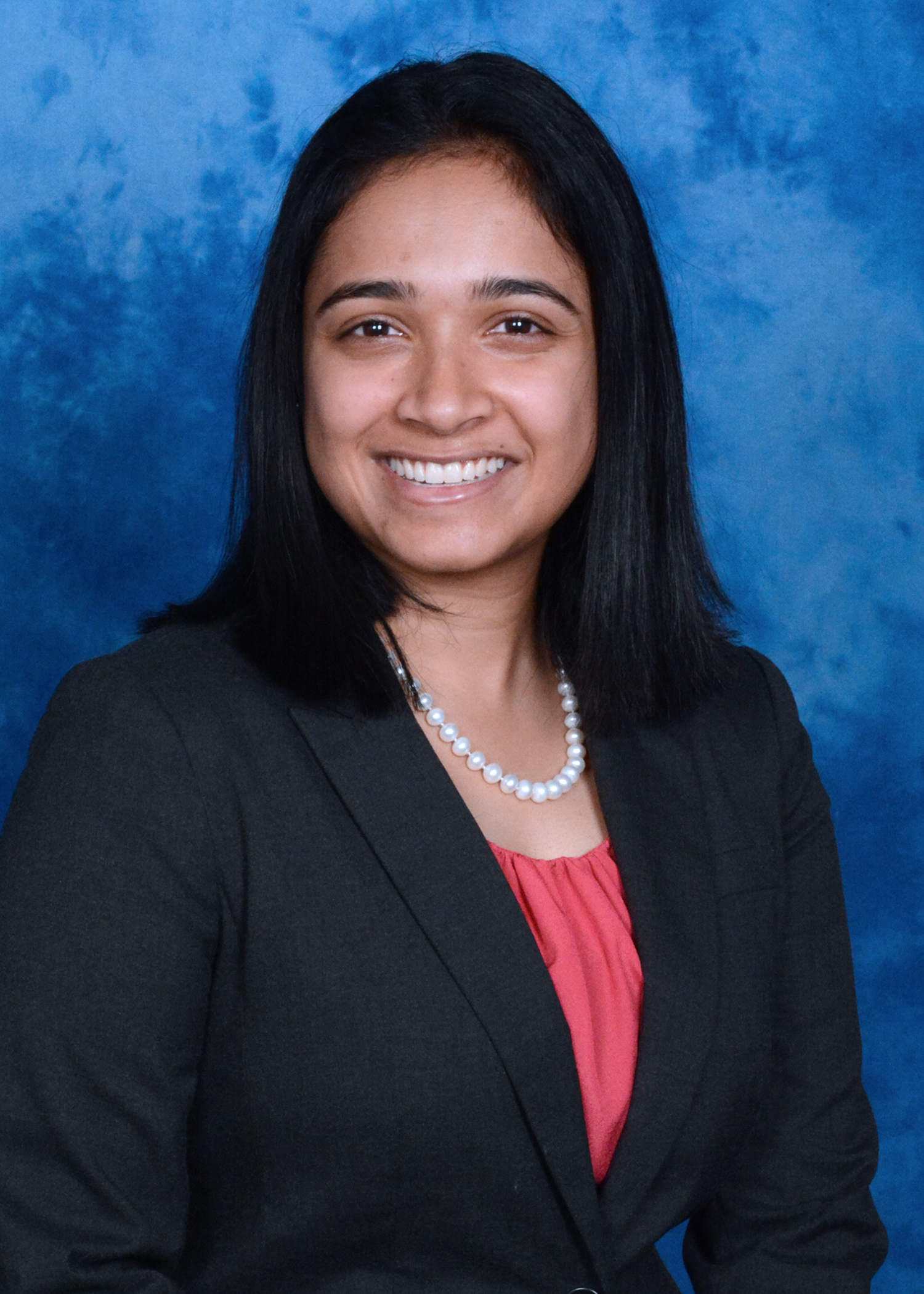If a picture is worth a thousand words, then what does that make a live simulation worth? A million? I’d argue that the experience of seeing hemodynamics come to life was pretty much magical!
We’ve all had those times when we are struggling to understand the patient’s physiology.
The University of Arizona TAH/VAD simulator shared at Sessions by Drs. Jen Cook and Sophia Airhart, is a true #gamechanger when it comes to using simulation for medical education.
With the help of the dynamic duo VAD engineer team of Rich Smith and Eddie Betterton,
we were able to recreate scenarios to illustrate first-hand the effects of certain interventions on the patient.
During the LVAD session, we were able to use a scenario of the patient who had significantly elevated left sided pressures and right sided pressures as a technique for discussion on different ways to optimize LVAD patients: through unloading of the left ventricle by increasing the LVAD speed, while keeping in mind that pulmonary hypertension also needs to be treated. With a little movie magic (simple adjustments of the vials of water mounted on the buret stand) we could watch the PVR drop in response to vasodilator therapy.
Another unique aspect of the simulation was the group of panelists which had been carefully selected for each session. Each of these members were truly experts in the field and provoked thoughtful discussion among all attendees.
For the pulmonary hypertension simulation, we were treated to some great pearls to keep in mind when thinking about this unique population.

I think the beauty of the simulator lies in its ability to create virtually any hemodynamic situation AND display the waveforms in real time. Personally, I believe that this is a vital tool and should be a standard component of every cardiology fellow’s educational armamentarium. Studies have shown that employing multiple teaching methods enhances student learning.

Megan Kamath is a Fellow in Advanced Heart Failure and Transplant Cardiology at the University of California, Los Angeles. Her research interests include outcomes in advanced heart failure, decision making and relational medicine, and utilizing technology in healthcare. She is now tweeting @MeganKamath, so follow her on there!